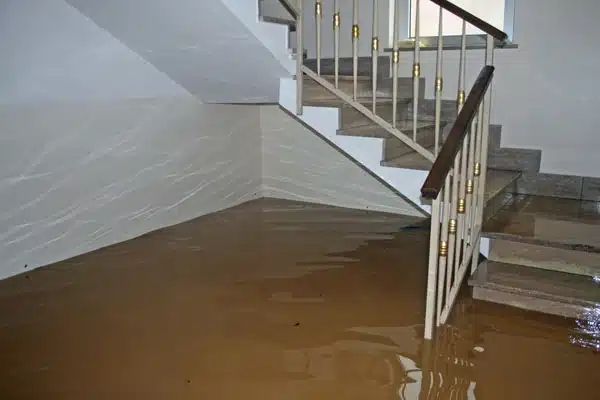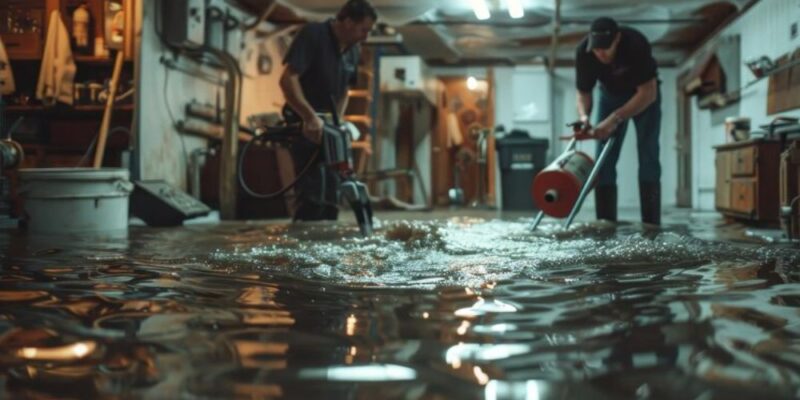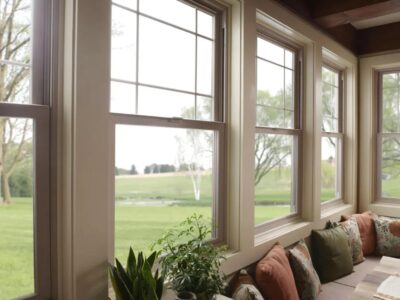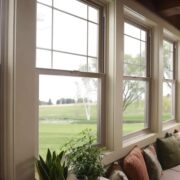Understanding the Impact of Flood Damage
Flooding can cause severe damage to homes and businesses, leaving behind structural issues, mold growth, and waterlogged belongings. In Omaha, unpredictable weather patterns, heavy rains, and rising water levels can result in devastating floods. Acting quickly after water intrusion is crucial to mitigating long-term damage and restoring the affected property. The presence of excess moisture can weaken foundations, compromise electrical systems, and create hazardous conditions for occupants. Addressing flood damage requires a thorough approach to ensure safety and complete restoration.
Water left untreated can lead to mold infestations within hours, spreading throughout a property and posing health risks. Mold spores thrive in damp environments, affecting indoor air quality and causing respiratory issues. Professional flood damage restoration in Omaha focuses on removing excess water, dehumidifying affected areas, and preventing mold from developing. Proper ventilation and specialized drying techniques help restore properties efficiently while minimizing secondary damage.
Beyond structural concerns, waterlogged belongings such as furniture, carpets, and personal items may require specialized cleaning and restoration. Professional restoration teams assess the level of damage and determine which items can be salvaged. The quicker flood damage is addressed, the higher the chances of saving important possessions and preventing costly replacements.
The Restoration Process for Flood-Damaged Properties
Recovering from flood damage involves multiple stages, each designed to ensure complete property restoration. The first step is a comprehensive assessment, where professionals inspect the extent of water damage and develop a tailored restoration plan. Understanding the type of water involved—whether clean, gray, or black water—helps determine the level of contamination and the necessary safety precautions.
Water extraction is the next critical phase, as removing standing water quickly prevents further infiltration into walls, flooring, and furniture. High-powered pumps and specialized vacuums efficiently extract water, allowing the drying process to begin immediately. Moisture detection equipment ensures that hidden pockets of water are identified and addressed, preventing long-term issues such as rot and decay.
Once water is removed, the drying and dehumidification process begins. Industrial-grade dehumidifiers and air movers help eliminate moisture from the air and surfaces. Monitoring humidity levels ensures that the affected area is thoroughly dried before moving on to repairs and reconstruction. If excess moisture lingers, it can lead to warping, swelling, and the breakdown of materials such as wood and drywall.
Cleaning and sanitization follow to remove contaminants left behind by floodwaters. Flood damage restoration in Omaha often involves dealing with bacteria, mold, and other harmful substances. Professional-grade cleaning solutions and antimicrobial treatments eliminate health hazards, ensuring the property is safe for reoccupation. Depending on the extent of the damage, rebuilding and reconstruction efforts may be necessary to restore walls, flooring, and structural elements.
Choosing the Right Flood Damage Restoration Service in Omaha
Selecting a reliable restoration company is essential for effective flood recovery. Response time plays a critical role in minimizing damage, making it vital to work with a company that offers 24/7 emergency services. The ability to mobilize quickly and begin restoration efforts immediately can significantly reduce repair costs and salvage more of the property.
Certified professionals with experience in water damage restoration provide peace of mind to homeowners and businesses. Proper training ensures that technicians use industry-standard techniques and advanced equipment to address flood damage effectively. Checking for certifications and affiliations with organizations such as the Institute of Inspection, Cleaning and Restoration Certification (IICRC) can help property owners make informed decisions.
A company with local expertise understands Omaha’s climate and common flood-related challenges. Familiarity with the area’s flood-prone zones, weather conditions, and construction materials allows restoration specialists to tailor their approach accordingly. Working with a company that has successfully handled similar restoration projects increases the likelihood of a smooth recovery process.
Transparent communication is another important factor when choosing a flood damage restoration service in Omaha. Clear explanations of the restoration plan, estimated timelines, and cost breakdowns help property owners understand what to expect. Assistance with insurance claims can further ease the burden, ensuring that the necessary documentation is provided for a smoother claims process.
Preventative Measures to Reduce Flood Damage Risks

Taking proactive steps can help minimize the risk of flood damage and protect properties from severe water intrusion. Regular maintenance of drainage systems, gutters, and sump pumps helps direct water away from the foundation. Ensuring that downspouts extend several feet from the property prevents water pooling near the structure.
Sealing foundation cracks and applying waterproof coatings to basement walls reduce the likelihood of water seepage. Homes in flood-prone areas benefit from installing flood barriers and backflow prevention valves to prevent sewage backups. Elevating electrical systems and appliances above potential flood levels safeguards essential components from water damage.
Professional property assessments can identify vulnerabilities and recommend improvements to enhance flood resilience. Implementing these preventative measures reduces the chances of extensive flood damage, offering homeowners and business owners added security against unexpected water intrusion.











Comments